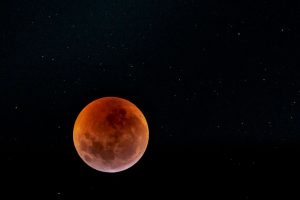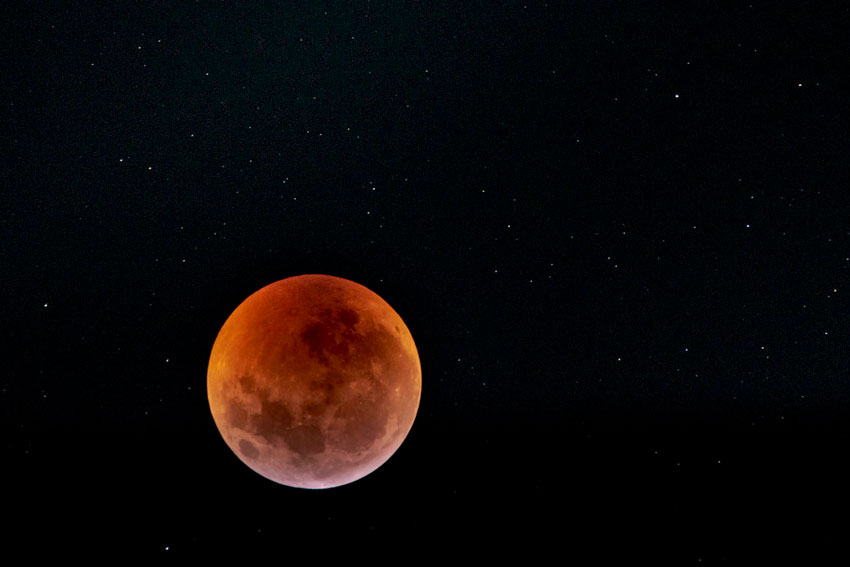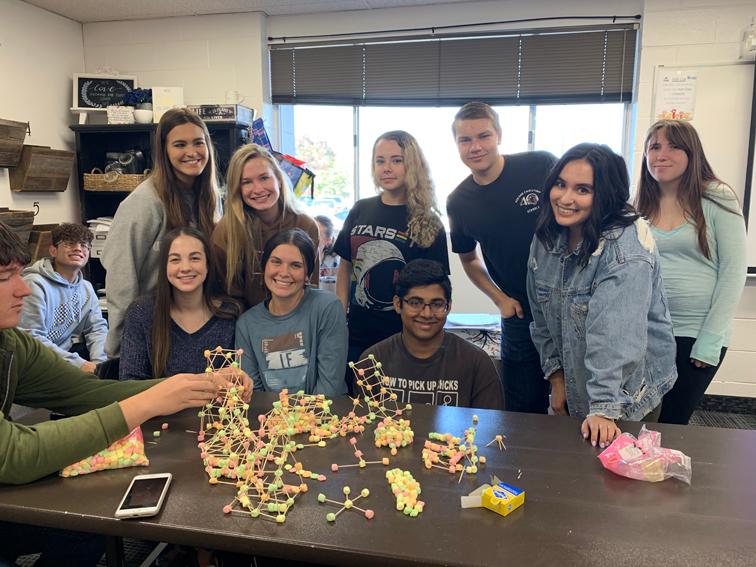
At approximately 8:41 p.m. (PST) on the night of the super blood wolf moon 2019, the moon reaches it’s peak, known as the “greatest eclipse”, lasting until approximately 9:43 p.m. (PST), Jan. 21.
According to Space.com, during a lunar eclipse, all or parts of the moon will turn a reddish-rust, or blood red, as it enters earth’s shadow.
The outer part of the earth’s shadow is known as the penumbra, while the deepest part is called the umbra.
Eclipse phases and times when each will take place in Los Angeles, CA (PST) are as follows:
Partial eclipse begins: 7:33 p.m.
Totality begins: 8:41 p.m.
Totality ends: 9:43 p.m.
Partial eclipse ends: 10:50 p.m.
The last lunar eclipse took place July 27, 2018, and was visible from Africa and countries in Central Asia. A total lunar eclipse will not take place again until May 2021, however it will not be visible from the United States. The next total lunar eclipse, visible from the United States, will happen sometime in 2022.
According to several lunar eclipse weather outlooks, all of California fell under the ‘poor’ category for viewing the eclipse. Due to rain and a cloud-filled sky, throughout much of Fresno, The Feather was not able to capture this lunar event.
Photo from Jimmy Baikovicius via Creative Commons.
Did you catch the super blood moon tonight? Let us know in the comments down below!
For more Feather photos, visit media, photos 2018-19.




